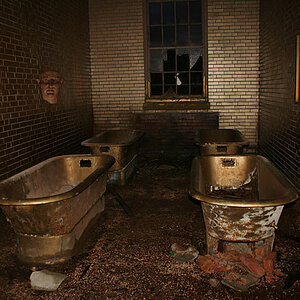erotavlas
TPF Noob!
- Joined
- Mar 14, 2009
- Messages
- 156
- Reaction score
- 6
- Location
- Toronto, Canada
- Can others edit my Photos
- Photos NOT OK to edit
My camera is Sony Nex 5N. Although the battery seems good, the LCD viewfinder does not power save when in Bulb mode. I need to be in this mode because I normally do long exposures at night. Anyway Since I don't have the option of a battery grip like dslr. Does anyone know of any other way to add additional battery capacity to this camera so I can keep it running for as long as possible (4+ hours)? There is an AC adaptor available but I can't imagine urging one of those car booster power packs along with me, the one I have weighs almost 30lbs.



![[No title]](/data/xfmg/thumbnail/36/36299-468f060314a0ac2bf5e37da1c33149d2.jpg?1619737493)


![[No title]](/data/xfmg/thumbnail/41/41423-156eb6e5a056cd1cbcf60e12a03f9d56.jpg?1619739809)



![[No title]](/data/xfmg/thumbnail/37/37096-449bdc6a1e392458a52fd1cca97c6b2e.jpg?1619737881)
![[No title]](/data/xfmg/thumbnail/39/39448-28e9a5e96080f7edcaf8e4226d8a0a6c.jpg?1619739036)

![[No title]](/data/xfmg/thumbnail/37/37092-c446ffb89610a57384a51ac5254beffd.jpg?1619737881)